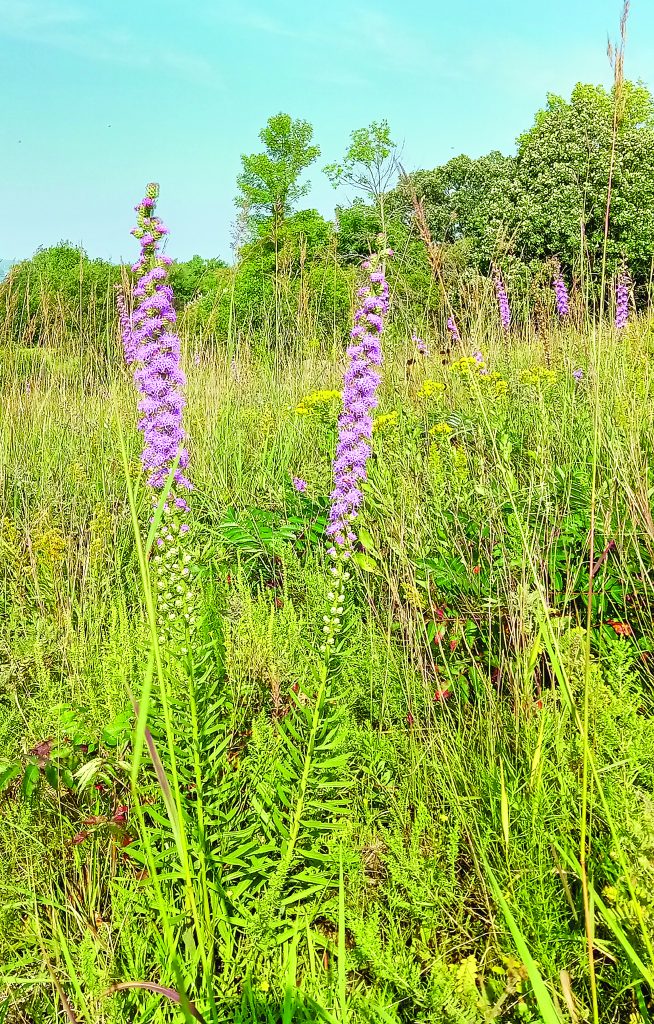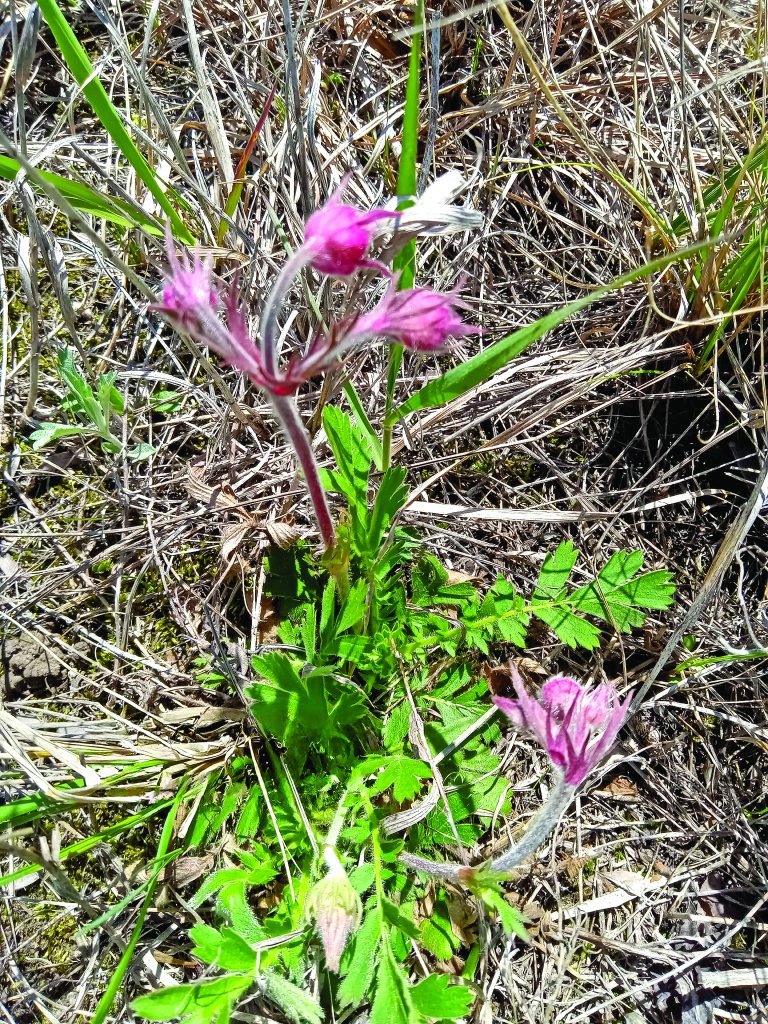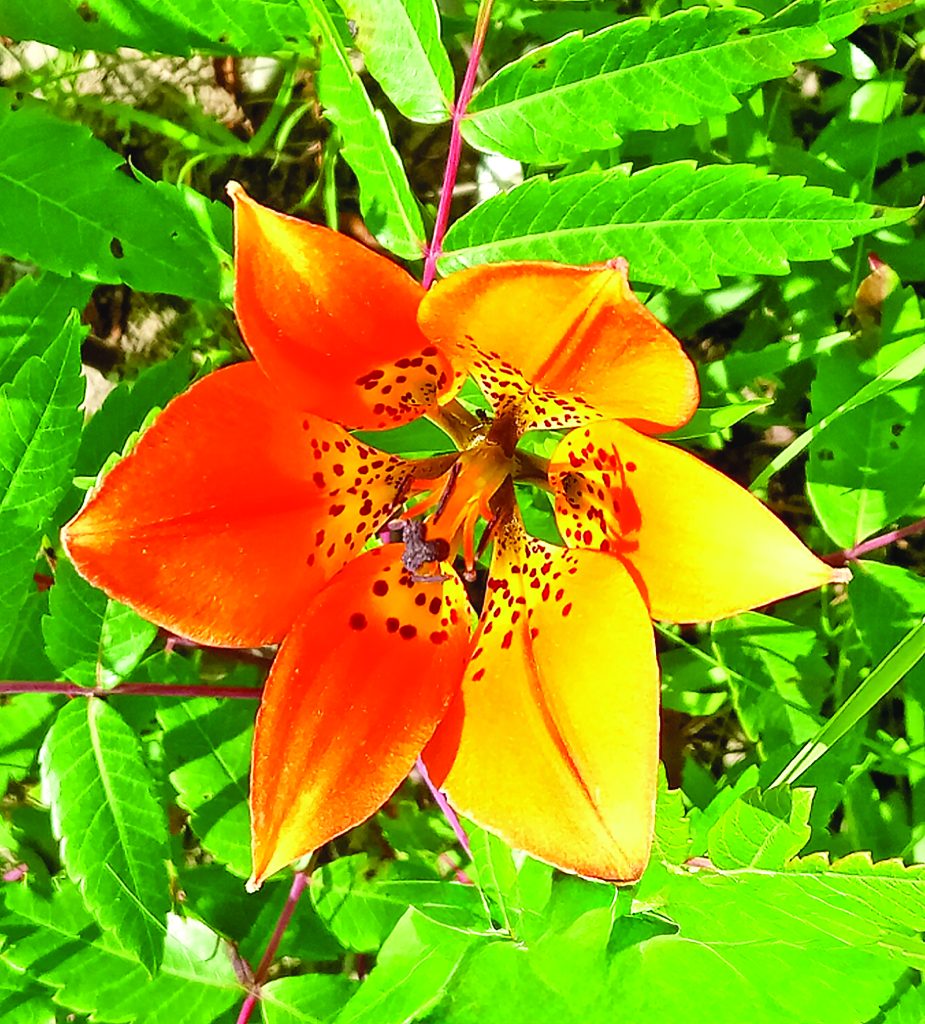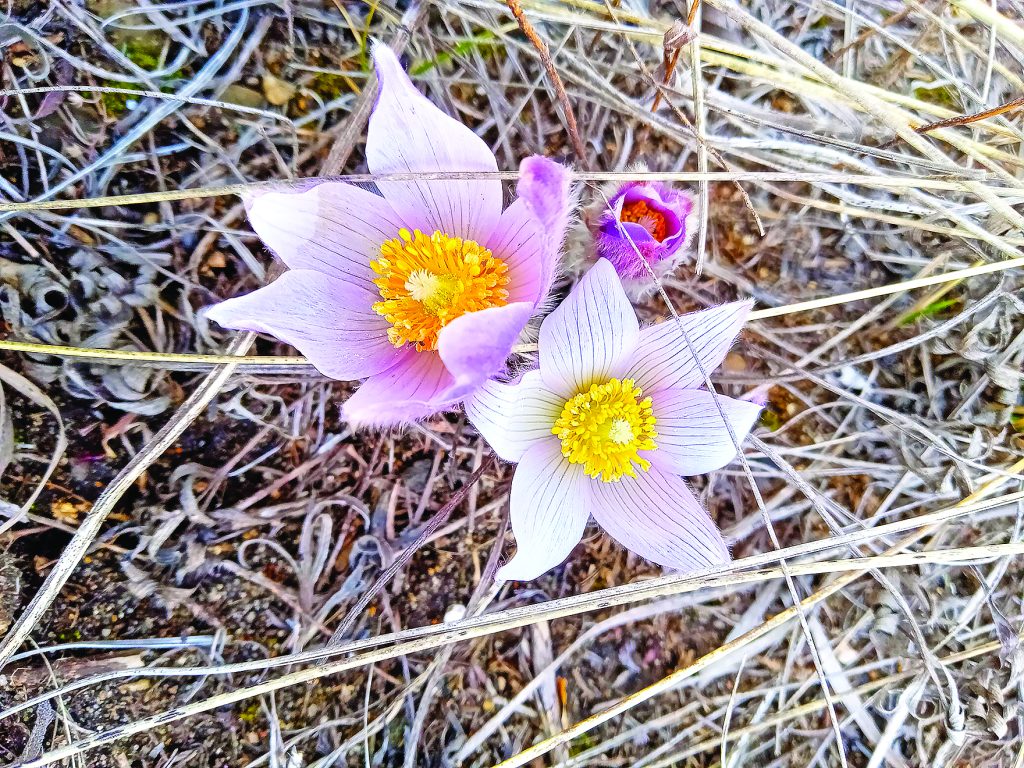Barsness Park Prairie Update
News | Published on August 30, 2024 at 12:39pm CDT




By Mike Howe
What’s it all about?
The Prairie in Barsness is about 40 acres of the 250 acre park. Most of the prairie is on the North side of Park Road with small segments South of Park road (a hill prairie adjacent to the road at trail crossing and a segment on the path leading to “table & chair”).
The prairie is largely “native or virgin prairie” meaning it has never been plowed for planting. The prairie has been surveyed by a prairie ecologist and was found to have about 100 different plant species. The prairie is presently impacted by invasive species (some of which are buckthorn, brome grass, sumac, thistle, etc.) and by human activity. The prairie needs a management plan so it can be preserved as an example of a rare biome that currently exists as only 1% of it’s original size in Minnesota. Restoration management could potentially yield a prairie environment of 300 or more plant and animal species.
So what is the big deal about prairie?
Some people see prairie as just a field of grass or a pile of rocks and gravel. It may be for some people that truly is all it is. However, increasingly, people are looking at prairie for it’s diversity and beauty. It is important to visit a prairie to understand those features. For example, right now, in August the Blazing Star Flower (Liatrus) is extremely abundant as are late season prairie grasses (Big Bluestem, Indian Grass, Side Oats Gramma, Little Bluestem) and the Goldenrods. You might see Downy Gentian or Bottle Gentian if you visit Barsness Prairie in September. If you had been on the prairie earlier in the season you could have seen the iconic Wood Lily, Prairie Smoke, or even Pasque Flower. Today, you are likely to see countless butterflies feeding on Liatrus, or possibly a Least Shrew.
In Barsness Park, prairie management has been limited to date, but the Buckthorn Brigade has done significant buckthorn cutting in the prairie which is beneficial. Nevertheless, it is important to understand that buckthorn and prairie management is not a once and done activity. Management is a continuous and intensive process that needs to be perpetual. Presently, most management that impacts the prairie has been done by volunteers or contract individuals paid with grant funds. Brush cutting, controlled burning (fire management), spot application of herbicide, replanting of native species have occurred in the park, however, significant work remains.
What can I do to help? Both simple and complex options are available:
1. Volunteer to harvest seed in the park for future planting.
2. Take pictures in the park to show people what is there to see (flowers, grasses, butter flies, critters, and Minnewaska Lake views).
3. Cut brush (buckthorn, sumac, tartarian honeysuckle, red cedar, chinese elm, thistle) in the park. Tools include loppers, weed whip brush cutters, and walk behind brush cutter.
4. Haul and stack brush cut by others.
5. Burn brush piles when conditions allow.
6. Join a controlled burn crew.
7. Start a list of birds observed in the park.
8. Start a list of insects, mammals, and amphibians in the park.
9. Lead a tour to educate about prairie, savanna, maple-bass wood and other park biomes.
10. Develop a curriculum to teach youth about Barsness Park Prairie.
Call City Offices (320-634-5433) if you have questions or wish to volunteer and you will be directed to the appropriate person(s).




